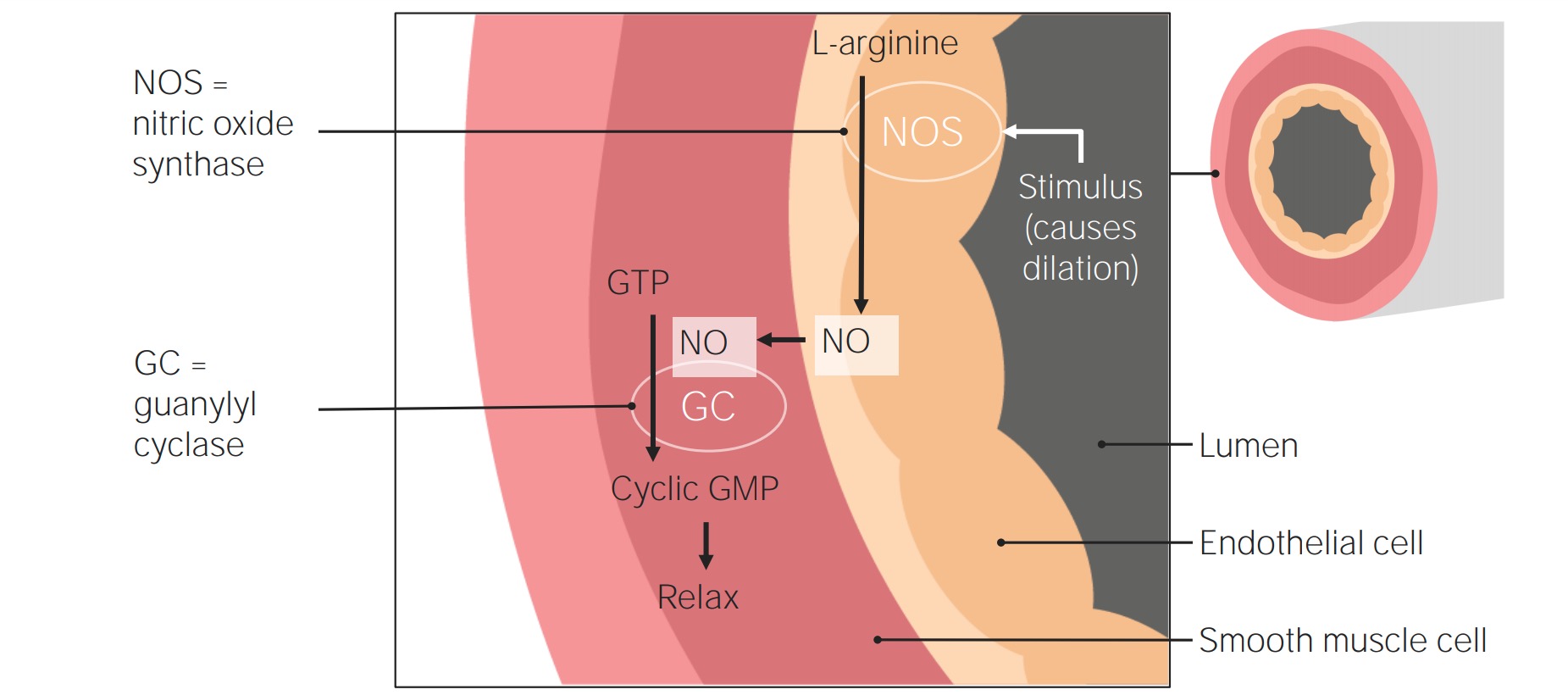Playlist
Show Playlist
Hide Playlist
Pulmonary Hypertension: Classification: Class 3 & 4
-
Slides PulmonaryHypertension RespiratoryPathology.pdf
-
Download Lecture Overview
00:00 Okay, let’s go on to talk about Class III. Now, Class III type of Pulmonary Hypertension and all of these, ladies and gentlemen, you really must know in detail. Okay. So, I am not wasting your time. With Class III, it is actual lung disease that took place primarily. 00:17 In Type 1, the majority of a more familial, but then you also had drugs and other habits or diseases, but then here, if it’s Type 3, it is primary lung parenchymal disease of all of which COPD would be the most common. Okay. Now, along with COPD, say that your patient is suffering from hypoxia, now, what’s the state of your pulmonary blood vessels? It is called, remember, one of the big exceptions, when there is hypoxia in which blood vessels constrict would be hypoxic vasoconstriction and nowadays, in current day practice, your patients very well might be obese and so, therefore, you are thinking about obstructive sleep apnea, and then, of course, high-altitude residence. Here once again, because of low barometric pressure, thus resulting in decreased FiO2, you find your patient having hypoxic vasoconstriction. That’s Class III. Then we go into Class IV. Class IV, if it helps you any further, you need to remember, this is a thromboembolic disease causing a Pulmonary Hypertension. So, we had a discussion about PE and all the different ways in which you might then develop a PE. The most common of which would be your DVT, right? But, keep in mind though that you can also have embolization from different sources. We talked about the amniotic fluid emboli, we talked about the gas emboli, the fat emboli, all depending as to the situation. Anyhow, so there is a thromboembolic disorder and what I was trying to say is, if you want to perhaps think of four and how would you say that perhaps in Latin, it would be tetra. Alright, it's tetra. Think of it as being thromboembolic. So, give yourself whatever you need to do to distinguish Class I through Class IV. Try to do it now and get an understanding and keep coming back and keep applying test. So, let's do that now, once again. 02:14 We ruled out our heart issue if you had maybe normal EKG and normal Echo. That’s good enough for you right now. If it’s Class III, well, you take a look at the chest X-ray and say that this was pneumonia, alright, or it was COPD, you would expect there to be quite a bit of marking on your X-ray, wouldn’t you? So, this would then obviously tell you that I have a serious problem with my lung primarily and therefore causing vasoconstriction or perhaps increased Pulmonary Hypertension. And with Class IV, you tell me, what would be effective in terms of ruling out, perhaps, something like a DVT and such? You are thinking about a VQ scan. okay. A VQ Scan. Remember, you don’t want to get into a PE. If you get into a PE then it will be a spiral CT, right? So, a VQ scan will perhaps help you for ruling out, effectively, a chronic thromboembolic disease. Now, there are multifactorial. 03:10 Some would say that this is a Class V, whatever. Here you go. Hematologic, systemic, metabolic disorders. These are the other ones that really don’t fit into Class I through Class IV. And the reason that this is important is now the approach, the approach of Pulmonary Hypertension. The Pulmonary Hypertension, it's much easier for you to rule out effectively Class II. What is that? Where is my problem? How is that causing Pulmonary Hypertension? The heart. Secondary Pulmonary Hypertension. Next. Class III. How would you effectively rule that out? A relatively unremarkable chest X-ray. And then Class IV, maybe a normal VQ scan. You rule out II, III and IV. What are you really left with right now? Good. Class I. And so, then you start thinking about your genes such as BMPR2, Bone Morphogenic Protein-2, maybe drugs and so on and so forth. Are we clear? So, this is “Pulmonary Hypertension”, Classes I through IV. I would be very, very familiar with that table.
About the Lecture
The lecture Pulmonary Hypertension: Classification: Class 3 & 4 by Carlo Raj, MD is from the course Disorders of the Pulmonary Circulation and the Respiratory Regulation.
Included Quiz Questions
Which of the following tests would be necessary for the management of class III pulmonary hypertension?
- Pulmonary function tests
- Genetic screening
- Cardiac MRI
- D-dimer
Which of the following is an etiological factor for class IV pulmonary hypertension?
- Thromboemboli
- COPD
- High altitude residence
- Systolic dysfunction of the left ventricle.
- Diastolic dysfunction fo the left ventricle.
A 45-year-old man is rushed to the ER with severe pain in his left leg. He is a heavy smoker. His medical history includes uncontrolled hypertension, diabetes, and COPD. Upon physical examination, severe tenderness and erythema are noted in his left leg. Which of the following types of pulmonary hypertension would this patient most likely present with?
- Class IV
- Class I
- Class V
- Class II
- Class III
Customer reviews
5,0 of 5 stars
| 5 Stars |
|
5 |
| 4 Stars |
|
0 |
| 3 Stars |
|
0 |
| 2 Stars |
|
0 |
| 1 Star |
|
0 |




